Welcome to the Medicine Wheel Picture Tour
The Bighorn Medicine Wheel is part of a much larger complex of interrelated sites that represent 7,000 years of Native American adaptation to and use of the alpine landscape that surrounds Medicine Mountain. The wheel was constructed by Plains Indians between 300-800 years ago. You can see more Native American sites to the north in the nearby Bighorn Canyon National Recreation Area Picture Tour and the Medicine Rocks State Park north of Ekalaka, Montana.
You Need to Walk In – So Worth The Hike
The Bighorn Medicine Wheel Wyoming is located about 33 miles east of Lovell, Wyoming. The site is perched a towering 9,642 feet high on the top of the Bighorn Range in Wyoming so access is limited by snow. Take US 14A (Closed from October through May) and turn off onto a Forest Road 12 to the interpretive site parking lot. You will have to walk the last 1.5 miles to see the magnificent Medicine Wheel.
Construction
The Bighorn Medicine Wheel Wyoming stones are arranged in the shape of a wheel, 80 feet across and with 28 spokes emanating from a central cairn. The cairn, a ring-shaped pile of rocks, is large enough to sit in and is surrounded by six others that lie along the wheel’s circumference. The central cairn is the oldest part and may have supported a central pole. This configuration is not unique to Wyoming. Rather, hundreds of similar stone wheels exist throughout North America. The combination of remoteness and the site being covered by wind-blown dust helped in it’s preservation.
Visit The Medicine Wheel Wyoming In Mid-June To See The Wildflowers
Part of the joy of visiting the Bighorn Medicine Wheel is the 33 miles ride from Lovell, Wyoming to the Medicine Wheel. If you go to the site in Mid-June you will see a spectacular wildflower show along Highway US 14A. Park the rig on any of the alpine turn offs and walk into fields of blue Lupine flowers. The timing of your Medicine Wheel visit is everything. After a mild winter the wild flower bloom reached it’s zenith in Mid-June. When we returned in Late-June the flowers were far and few between.
Dress For 10,000 Feet
The Bighorn Medicine Wheel is located almost 10,000 feet high in Wyoming’s Bighorn Mountain Range. Expect cold wind, sleet, snow, mud, rain and intense sunshine during the 1.5 mile walk from the Interpretive Center to the Bighorn Medicine Wheel.
Show Respect
The Bighorn Medicine Wheel Wyoming site is a registered National Historic Landmark (1970) and is monitored by archaeologists Forest Service personnel throughout the summer. A fence surrounds the Medicine Wheel and Native Americans have placed prayer cloths along with other sacred symbolic items on the fence. It is expected that visitors respect these items and not disturb them.

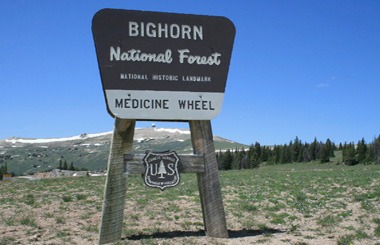
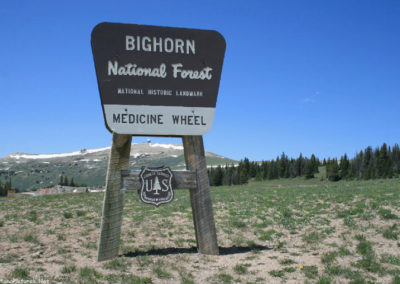
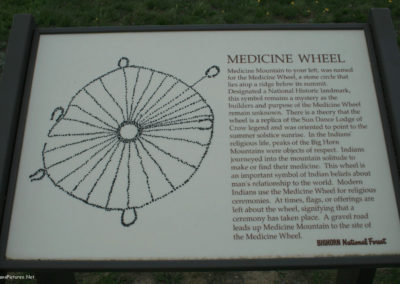
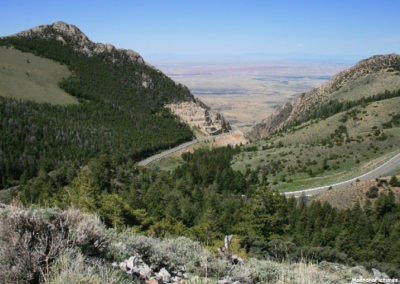
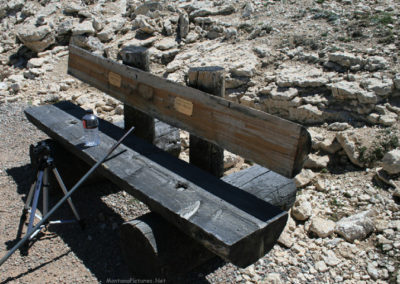
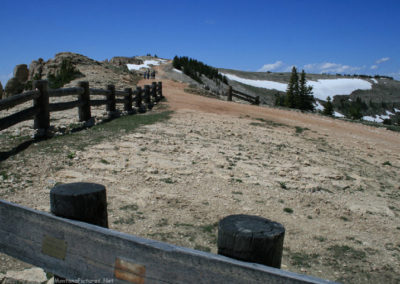
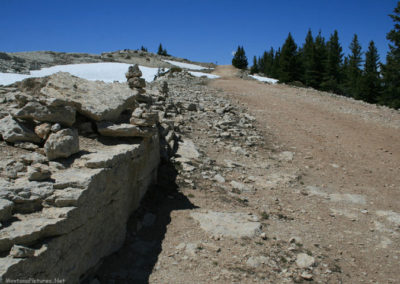
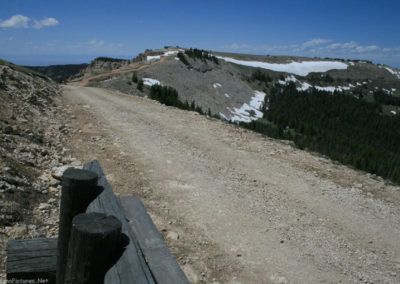
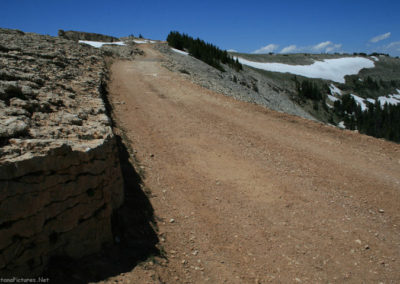
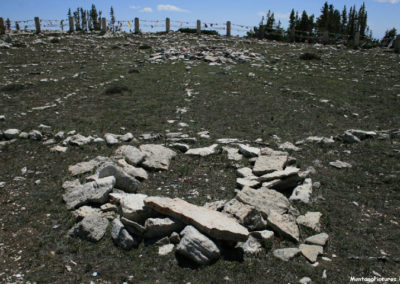
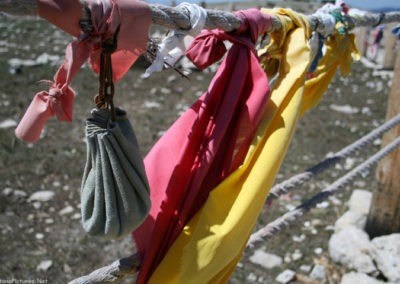
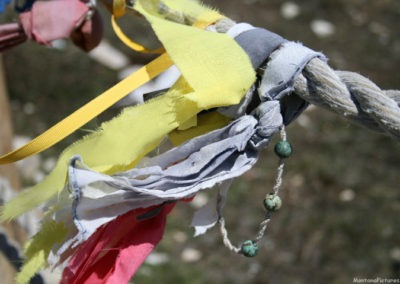
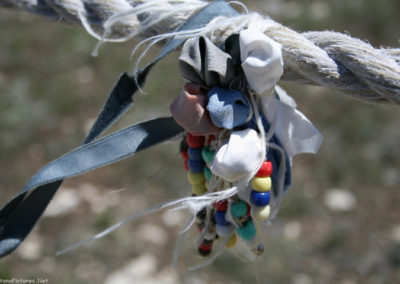
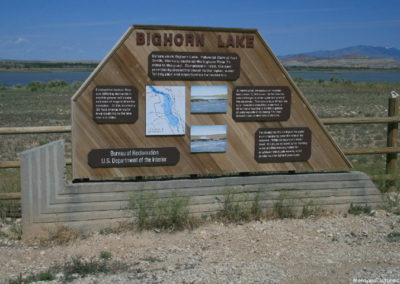
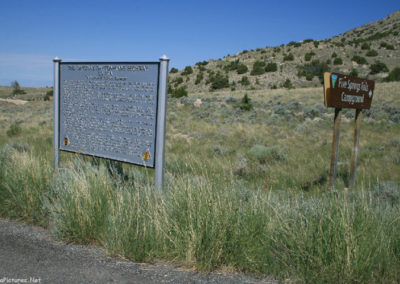
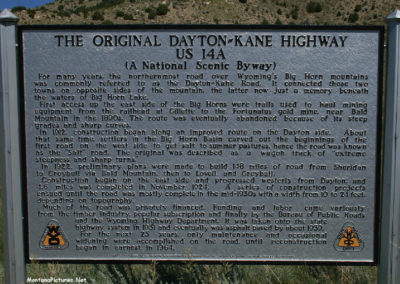
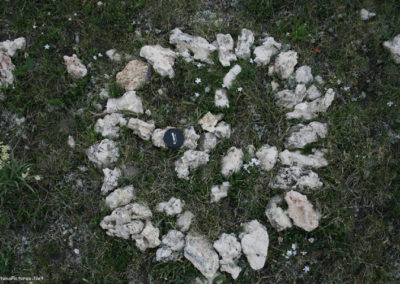
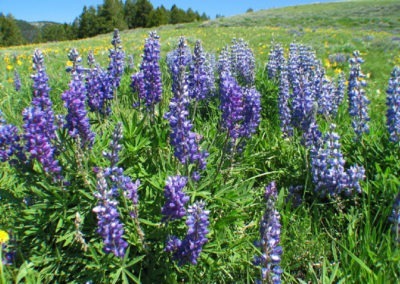
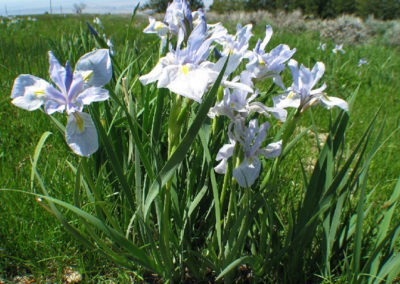
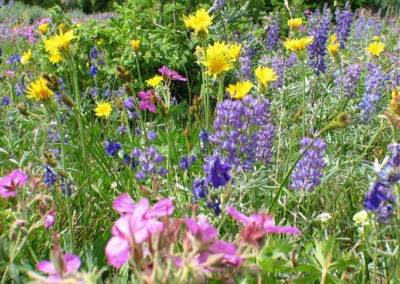
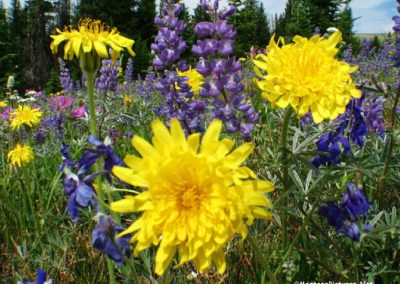
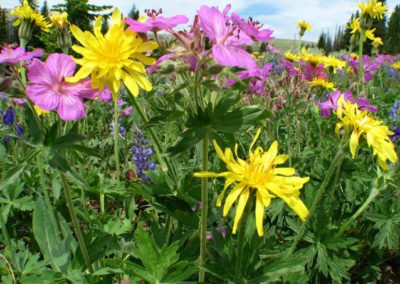
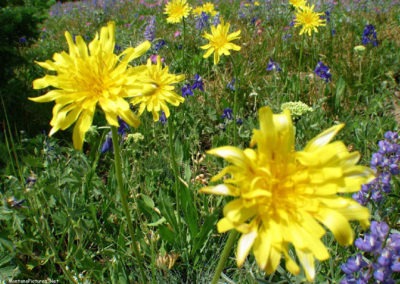
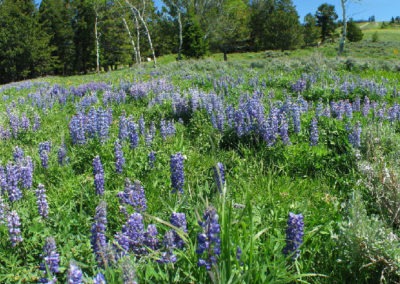
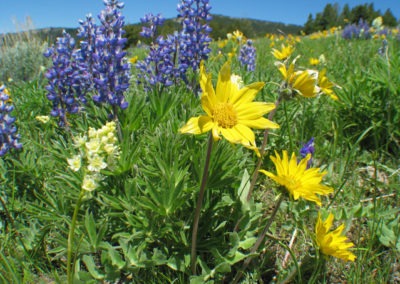
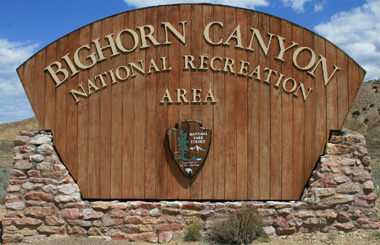
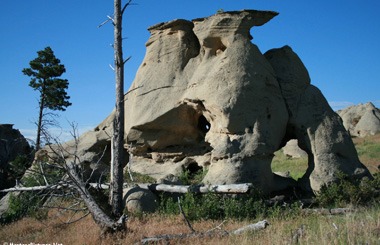
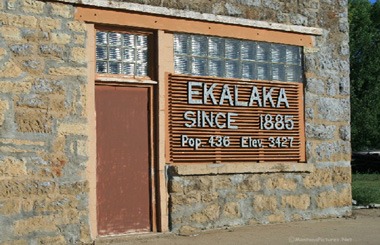
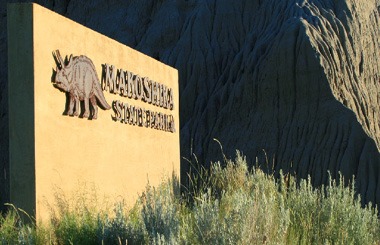
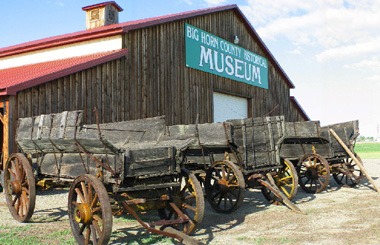


Recent Comments